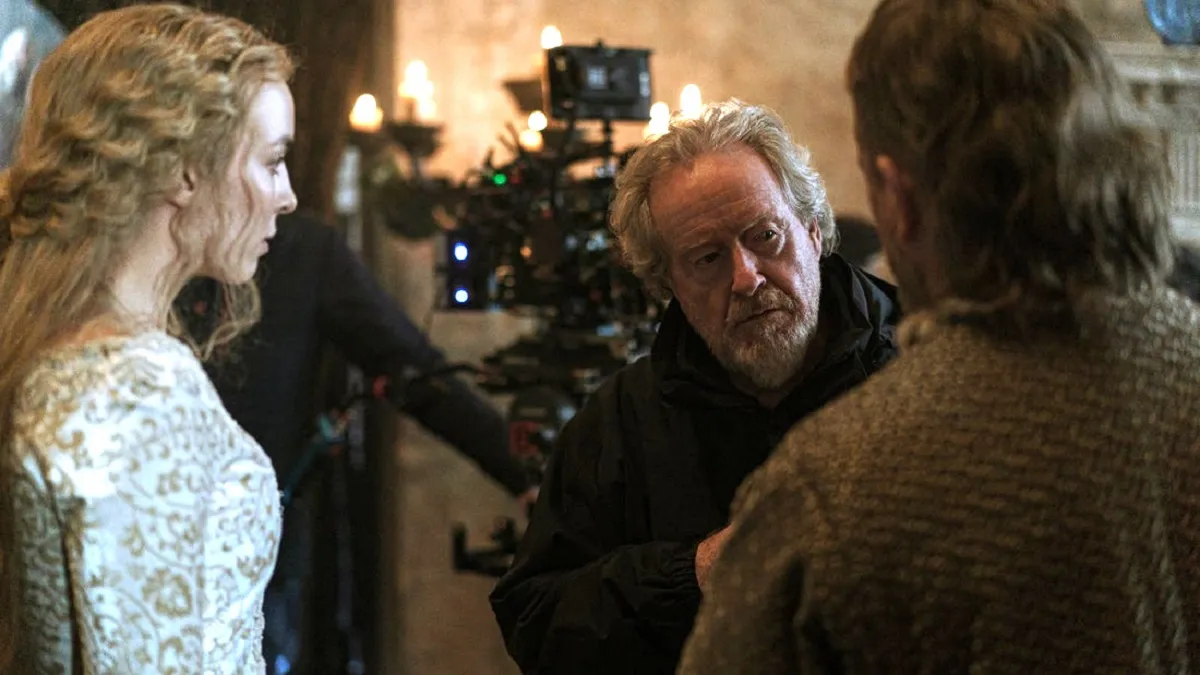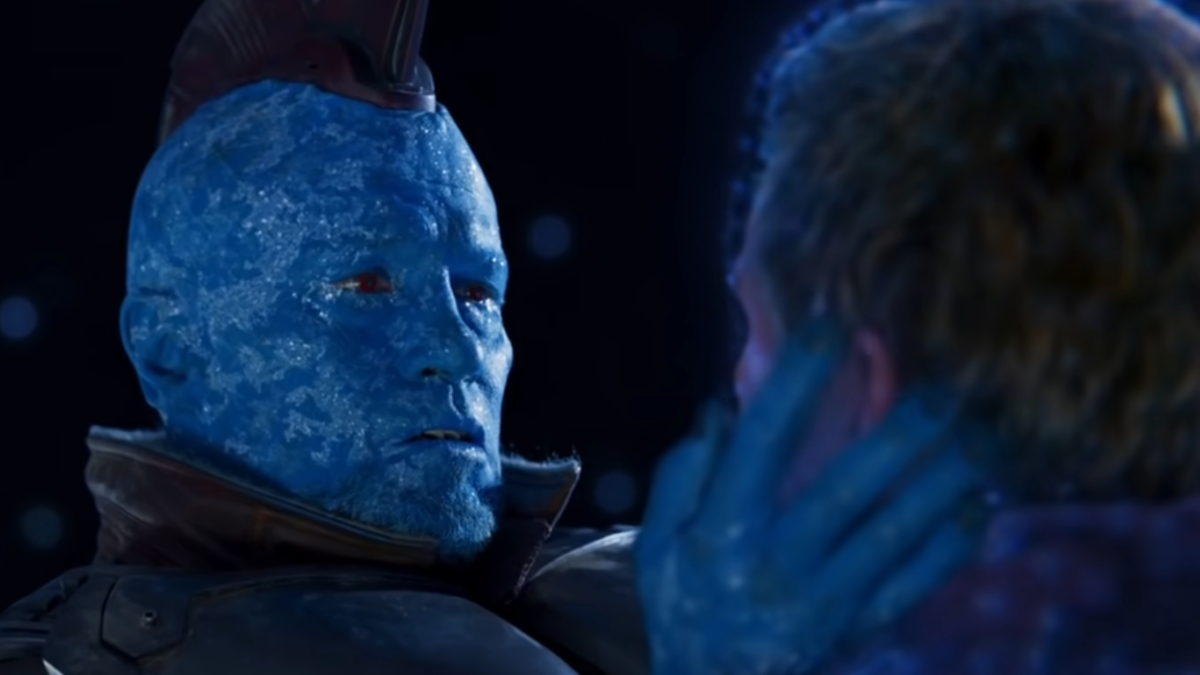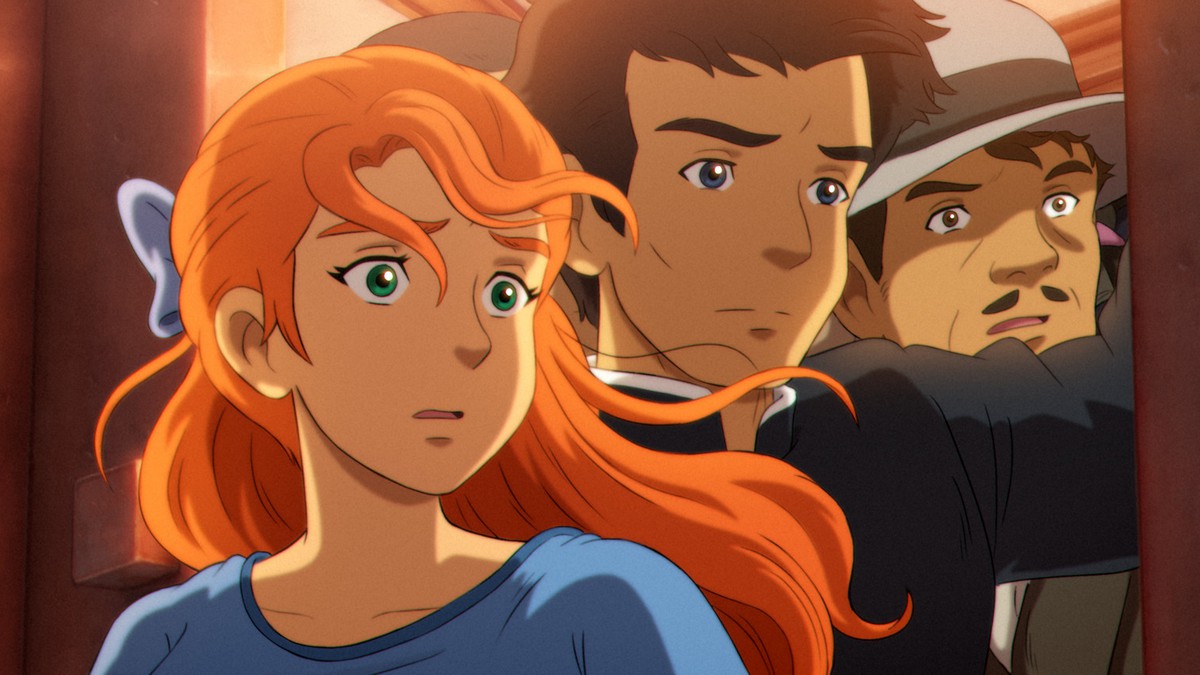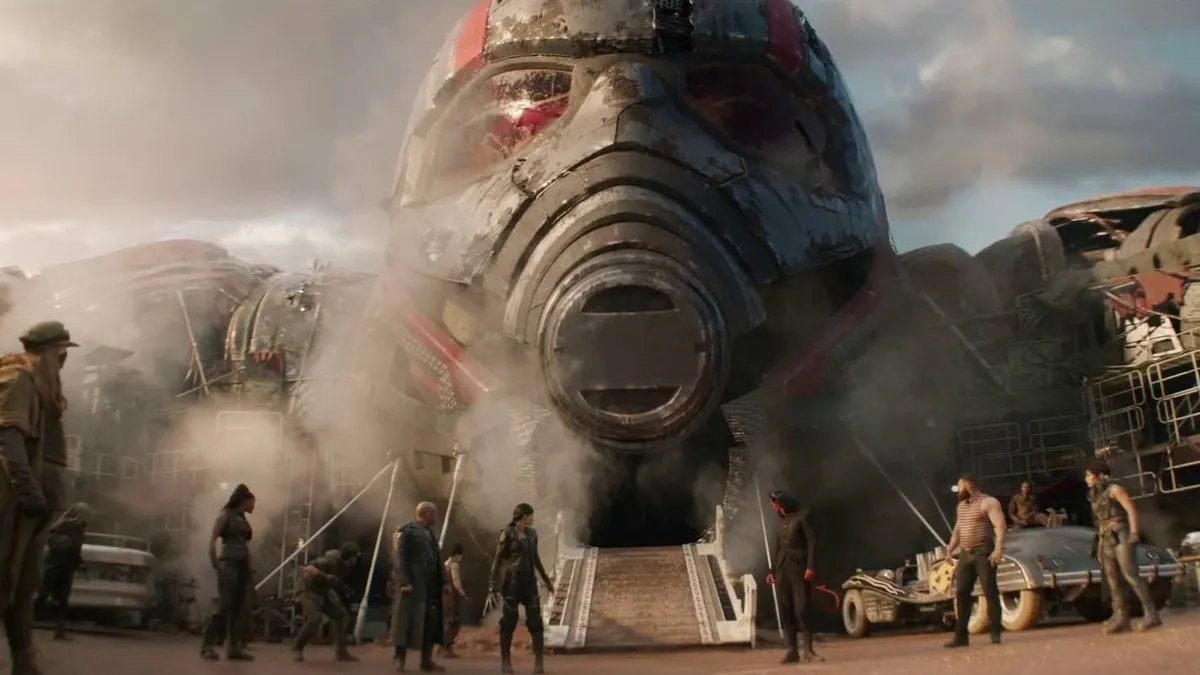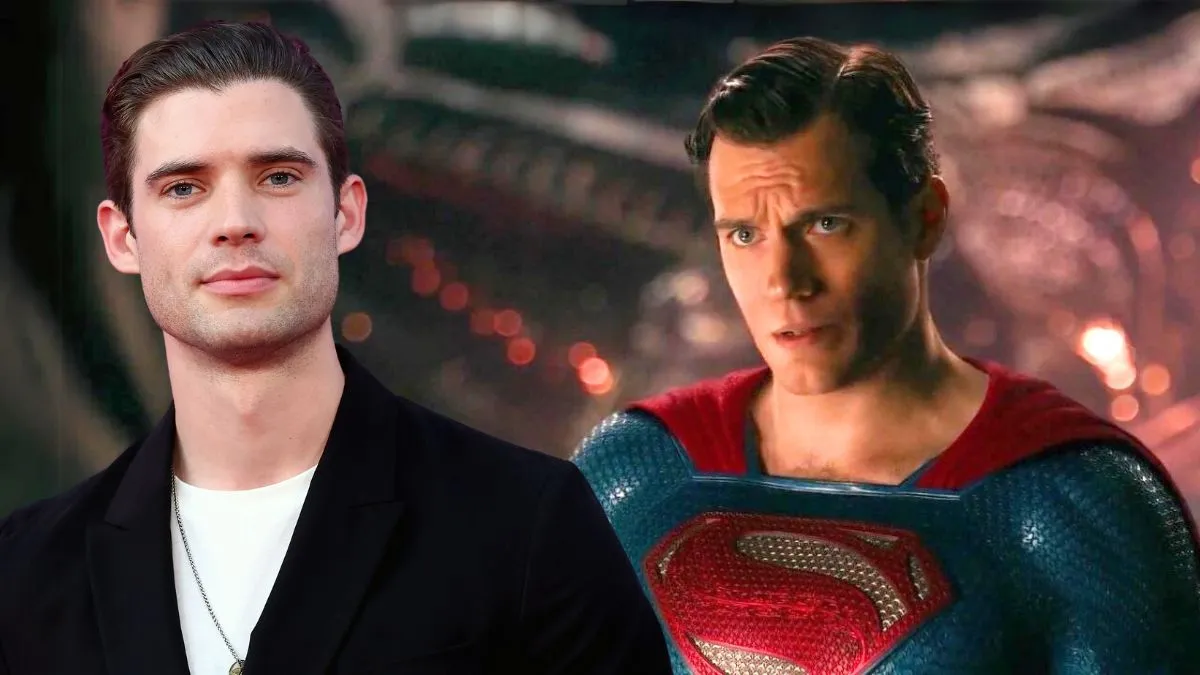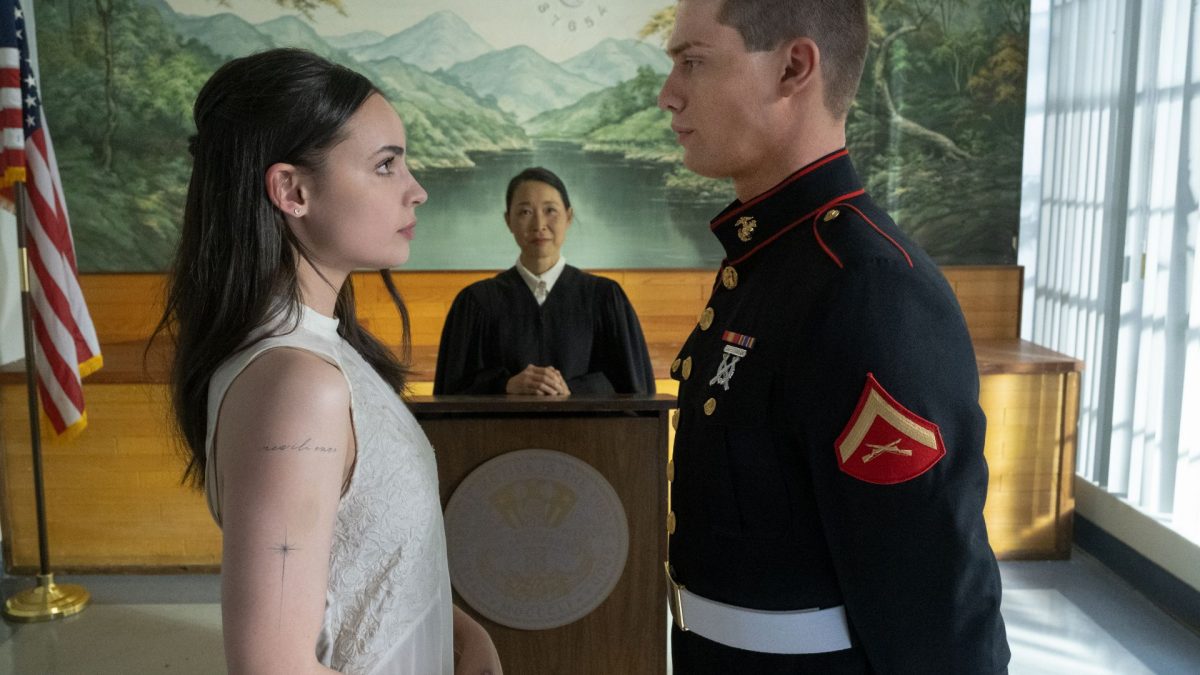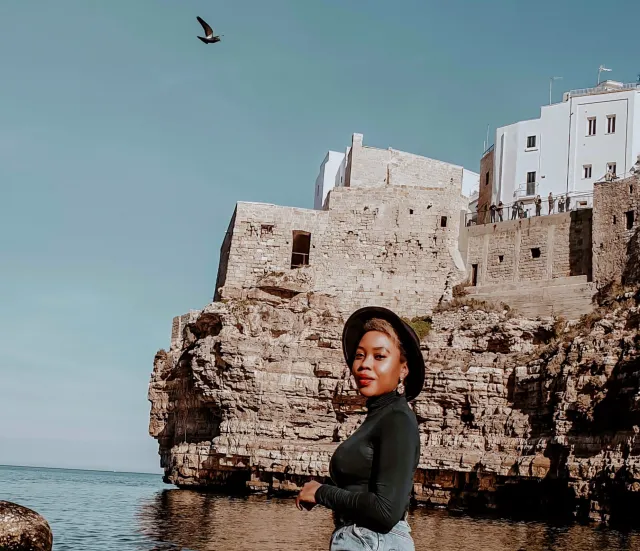In the expansive world of cinema, certain directors skillfully chisel out spaces so distinct that their names become synonymous with a filmmaking style. One example is the genius of Christopher Nolan, master of convoluted narratives and eye-popping aesthetics. His latest cinematic creation, Oppenheimer, is a shining testament to his brilliance.
Nolan is in good company with the likes of master of suspense Alfred Hitchcock, maestro of poignant storytelling and technical wizardry Akira Kurosawa, and visionary builder of worlds Ridley Scott.
With their meticulous and distinct approach, these directors never fail to leave viewers enthralled by the stories they tell. Their stylistic range is as broad as it is famous, creating a mosaic of theatrical brilliance that has shaped the industry and will continue to inspire new generations of filmmakers. Here’s our (by no means definitive) list of 12 directors with unforgettable styles.
12. Ridley Scott
Ridley Scott has carved out a special place for himself in the film industry thanks to his distinctive style, marked by lavish visuals and intricate plotting. Scott’s graphic design and marketing background allows him to create films that stand out for their exquisite attention to visual detail, frequently transforming every frame into a work of art. His ability to capture atmospheric tones in Blade Runner’s futuristic landscapes helps create a recognizable and otherworldly world. This talent for evocative production is also on full display in the claustrophobic horror picture Alien, in which the tense atmosphere of the spaceship contributes significantly to the overall effect.
Humanity, morality, and existentialism are common themes in his works. Whether pondering the meaning of life in Blade Runner or delving into the moralities of war in Black Hawk Down, Scott ensures that his visually spectacular pictures equally excite the mind. Furthermore, his portrayal of female protagonists, such as Ellen Ripley in Alien, demonstrates a progressive approach to character development, making him a trailblazer in showcasing strong, complex female characters in cinema.
11. Alfred Hitchcock
Alfred Hitchcock, widely referred to as the “Master of Suspense,” is renowned for his unrivaled skill in creating suspenseful, psychological thrillers that delve deeply into the minds of his audiences. His direction is distinguished by a keen eye for detail, cutting-edge cinematic techniques, and an intuitive ability to create tension. Hitchcock frequently employed the MacGuffin, a plot device that propels the action even if its nature is unclear or incidental.
His skill at employing subjective camera angles in films like Vertigo and Rear Window demonstrates how effectively he can draw the audience into the protagonist’s perspective, increasing their investment in the story and their sense of suspense. Hitchcock was also noted for his darkly playful approach, and his partnerships with composer Bernard Herrmann heightened the atmospheric tension; the shrieking strings in Psycho are evidence of their mutually beneficial connection.
10. Greta Gerwig
Greta Gerwig, now an established force in modern film, has quickly carved out a niche with movies that ring true in their humanity, wit, and a keen understanding of the human experience, especially from a female perspective. The phenomenal success of her latest picture, Barbie, is evidence of this. Gerwig kept her vision intact throughout production despite Hollywood’s tendency to conform to studio suggestions. That Gerwig is the only woman to receive sole credit for directing a billion-dollar blockbuster is a significant accomplishment.
Gerwig’s directing style, which can also be seen in the critically praised Lady Bird and the reinvented Little Women, is based on delicate character development and highly detailed plots that speak to both personal and universal realities. Her heroines, who are generally young women, struggle with the intricacies of relationships, goals, and self-identity, all while navigating the tapestry of changing times. Her camera doesn’t just observe; it dances, capturing the fleeting moments that define life’s changes with lightness and fluidity.
9. The Wachowskis
Lana and Lilly Wachowski have continuously pushed the frontiers of cinematic storytelling by combining new aesthetics with sophisticated, philosophical storylines. From the pioneering Matrix series to the stunning Cloud Atlas and Speed Racer, their directorial approach combines high-octane action with existential musings, addressing issues of reality, identity, and humanity’s connection with technology. One of the Wachowskis’ defining characteristics is their use of cutting-edge visual effects.
The Wachowskis’ stories explore weighty philosophical questions, with inspiration drawn from various sources, including literature, myth, and religion. Their protagonists, who are often misfits or rebels, struggle with questions of identity in the context of expansive, frequently dystopian landscapes. Iconic characters that personify these existential struggles result from collaborations with actors like Keanu Reeves and Hugo Weaving.
8. Spike Lee
Spike Lee is lauded for his bold narratives that offer cutting commentary on racial issues, government, and urban culture. Lee’s directing approach is unique and thought-provoking because it combines raw energy, social critique, and visual flare. His films frequently push audiences’ buttons by tackling weighty social problems, most of which revolve around the Black experience in the United States. Many of Lee’s films, including Do the Right Thing and Malcolm X, use his trademark “double dolly shot,” in which actors appear to float against the backdrop, producing a bewildering yet striking visual experience.
Lee also uses color symbolically, with some shades emphasizing feelings or highlighting underlying ideas. While dealing with weighty social issues, his stories are also interspersed with humor, music, and culture, giving them a pulsating vibrancy that resonates with audiences. He frequently breaks the fourth wall, most notably in She’s Gotta Have It, making viewers active participants in the narrative’s discourse rather than passive observers.
7. Michael Bay
Michael Bay, synonymous with high-octane blockbuster movies, has developed a signature style full of action, spectacle, and grandiosity. Explosive action sequences, typically intensified through rapid editing, dramatic camera movements, and booming soundscapes, are characteristic of his style. From Transformers to Armageddon and Bad Boys, his films always go for a grander scope and dramatic effect. The word “Bayhem” was coined to define it, which combines fast editing, large-scale set pieces, and meticulous choreography of both characters and camera.
Additionally, sun-kissed hues abound, with the golden hour serving as a recurring, almost character-like presence, creating dramatic shadows and giving the characters an ethereal shine. Despite his reputation for putting flash over substance, Bay has always put the emotional experience of cinemagoers ahead of complex storyline developments. His depictions of good and bad guys are equally raw, with the former frequently serving as iconic examples of their respective roles.
6. Sofia Coppola
In contrast to the sometimes frantic events depicted in her films, Sofia Coppola is known for her deep introspection and sophisticated approach to storytelling. From Lost in Translation to The Virgin Suicides, Coppola’s movies all exude a distinct aesthetic characterized by soft palettes, ambient lighting, and carefully curated soundtracks. Her artistic approach, often ethereal and surreal, investigates the tension between isolation and community, particularly in enormous urban or suburban environments. Her stories frequently include female heroines negotiating cultural expectations, personal ambitions, and complicated relationships.
There’s a recurring motif of separation and alienation, whether it’s Charlotte and Bob’s cultural dislocation in Lost in Translation or the cloistered life of the Lisbon sisters in The Virgin Suicides. Her music, which is usually dramatic and evocative, blends effortlessly with the story, heightening the emotional resonance of her works. In Marie Antoinette, for example, the old-fashioned soundtrack contrasts with the historical setting, emphasizing the ageless character of young rebellion and identity search.
5. Akira Kurosawa
Akira Kurosawa, a maestro of Japanese cinema, is revered globally for his pioneering style, blending rich narratives with technical brilliance. From Seven Samurai to Rashomon, Kurosawa’s films explore the complexity of the human condition in all its forms, from the individual to society. In Rashomon, for example, he presents the story from several characters’ points of view to cast doubt on the absolute reality and the impersonality of human experience.
Kurosawa’s features have a rhythmic, theatrical aspect thanks to incorporating elements from traditional Japanese theater, such as Noh and Kabuki, into his character portrayals and dramatic moments. Working with actor Toshiro Mifune provided depth to his works, and the star’s theatrical performances were an excellent fit for Kurosawa’s vision. Kurosawa was also notorious for editing his films on set, a technique that offered him more say over the story’s progression.
4. Tim Burton
Tim Burton, the visionary auteur of contemporary cinema, has etched an indelible mark with his whimsically gothic and eccentric style. When looking at Edward Scissorhands or The Nightmare Before Christmas, Burton’s films reveal a cosmos laced with dark fantasy, morbid humor, and a poignant exploration of outsiders and misfits. Burton’s visual language is full of disparities, from black shadows to bright, white characters, representing the dichotomy of evil and good.
The twisted architecture, skewed angles, and exaggerated sets that litter his films reflect his love of German Expressionism. Recurring actors like Johnny Depp and Helena Bonham Carter play both vulnerable and strange characters as they try to make their way through a world that both marvels at and shun them. Eerie environments give way to moments of silliness and laugh-out-loud quirks in many of Burton’s films, making for a unique blend of horror and humor.
3. Wes Anderson
With his meticulously crafted visuals and distinctive storytelling, Wes Anderson is one of the most recognizable directors in modern cinema. Anderson’s films, ranging from The Royal Tenenbaums to The Grand Budapest Hotel, are an ode to his dedication to precision, symmetry, and a color palette that seems nostalgic and vibrantly modern. Characters and objects are frequently positioned in the center of the frame in Anderson’s films, creating a symmetrical, aesthetically beautiful, and thematically meaningful arrangement.
Themes in Anderson’s stories frequently focus on dysfunctional families, lone dreamers, and misfit adventurers, with a blend of humor and sadness exploring their peculiarities, tragedies, and redemptions. The stories take place in beautifully detailed settings where even the most minor details, such as handwritten notes and custom-made tents, tell a story. Anderson’s color selections are also distinctive; his films use a distinct color palette, frequently pastels, that evokes a sense of timelessness.
2. Quentin Tarantino
Director with an adventurous, visceral, and unmistakable style, Quentin Tarantino’s films, like Pulp Fiction to Django Unchained, are distinguished by their complex plots, witty language, evocative scores, and shameless devotion to genre conventions. In Pulp Fiction, where multiple stories converge yet are shown in a chaotic order, he plays with time frames to make the narrative more exciting and challenging. Another signature of Tarantino’s work is the language; his characters have lengthy, meandering exchanges that, despite their seeming ordinariness, are full of wit, cultural references, and subtextual drama.
Whether they’re discussing Madonna’s music or the nuances of European fast food, these conversations often go on to achieve legendary status. Graphic and stylish, the violence in Tarantino’s world is both shocking and fascinating for its balletic spectacle. His aesthetic preferences, which include bold color palettes and carefully composed shots, are consistent with this theme. Characters created in tandem with stars like Samuel L. Jackson and Uma Thurman will stay with you long after the movie’s over.
1. Martin Scorsese
Martin Scorsese is one of the most influential filmmakers of all time, and his directing style, which blends brutal reality and profound reflection, continues to make an impact. Scorsese’s entire filmography, from Taxi Driver to The Wolf of Wall Street, exudes an electric, intense vibe rooted in the complex social dynamics of urban centers like New York. His stories frequently delve into the psychology of imperfect characters, touching on topics such as obsession, redemption, and the conflict between personal ambition and morality.
The dynamic camera work is a hallmark of Scorsese’s films; his use of lengthy tracking views, most notably in the Copacabana section of Goodfellas, transports the viewer into the beating heart of the action. The aesthetically arresting moments in Scorsese’s films result from his work with cinematographers, particularly Michael Ballhaus and Robert Richardson. Character arcs that are both terrifying and intensely real are another feature of his collaborations with Robert De Niro and, more recently, Leonardo DiCaprio.

